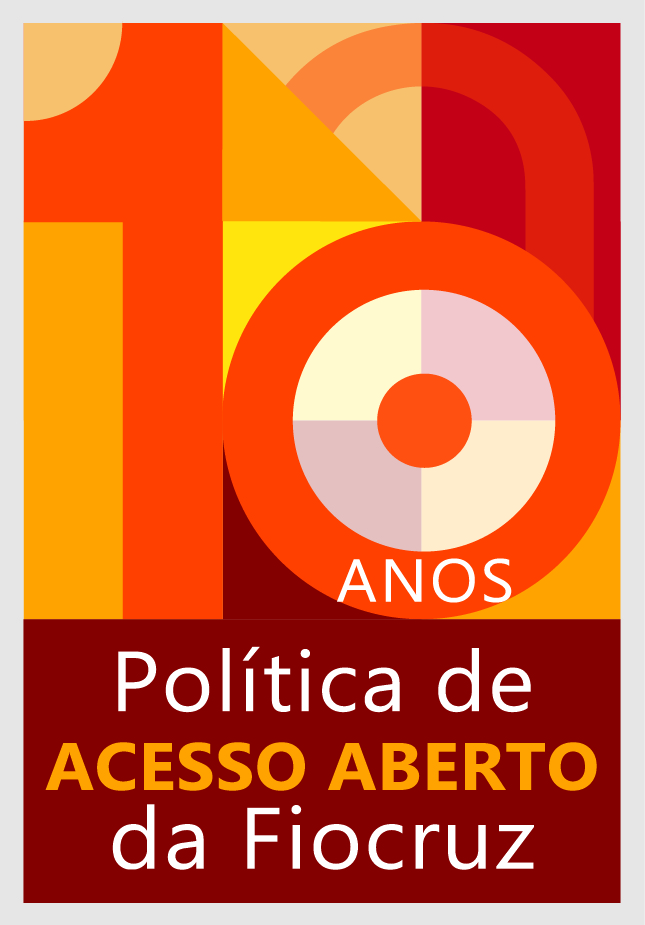One epizooty, two media coverages: yellow fever as epidemic and as non-epidemic
DOI:
https://doi.org/10.29397/reciis.v11i2.1339Keywords:
public health, yellow fever, communication and health, journalism, discursive practices, production of meanings in daily lifeAbstract
Cyclically affected by epizootics of wild yellow fever, in the last nine years Brazil has recorded the mediation of two of these episodes, with distinct consequences in the public health daily, in particular, and of the population, in general. In the first, in 2008, intense journalistic coverage caused an overflow of the network of meanings of the epizootic of its epidemiological dimension to the daily dimension, which ended up configuring the disease as a specific and independent object that settled in the daily life as a media epidemic of yellow fever. Differently, in 2017, the journalistic narrative centered on the objectivity of factual information, with great anchorage in the expert discourse, kept the phenomenon limited to the wild form. A comparative analysis of the news published in the two periods allowed to observe that the differences in the use of repertories and the framing of the texts determined the production of the epidemic sense in 2008 and not epidemic in 2017.
Downloads
Published
How to Cite
Issue
Section
License
Author’s rights: The author retains unrestricted rights over his work.
Rights to reuse: Reciis adopts the Creative Commons License, CC BY-NC non-commercial attribution according to the Policy on Open Access to Knowledge by Oswaldo Cruz Foundation. With this license, access, download, copy, print, share, reuse, and distribution of articles is allowed, provided that it is for non-commercial use and with source citation, granting proper authorship credits and reference to Reciis. In such cases, no permission is required from the authors or editors.
Rights of authors’s deposit / self-archiving: The authors are encouraged to deposit the published version, along with the link of their article in Reciis, in institutional repositories.












